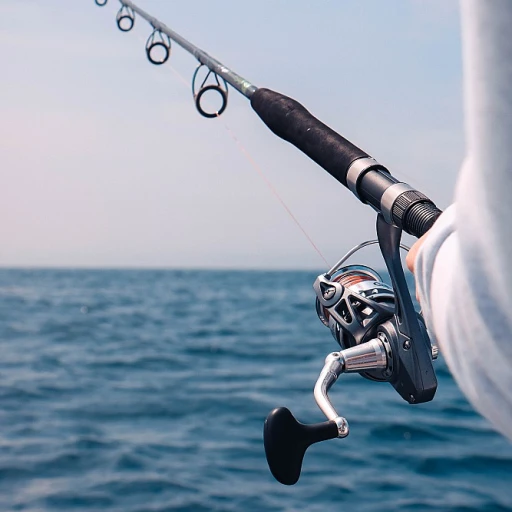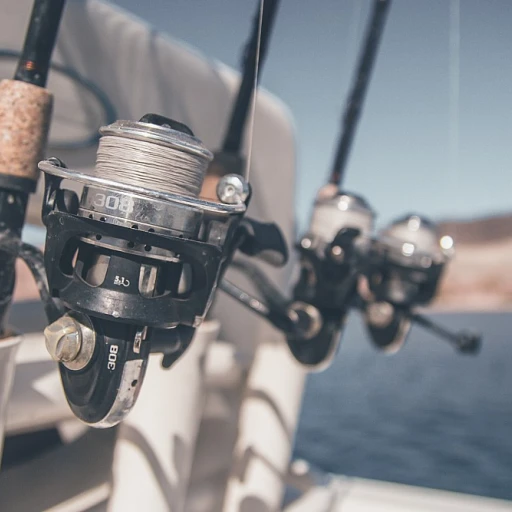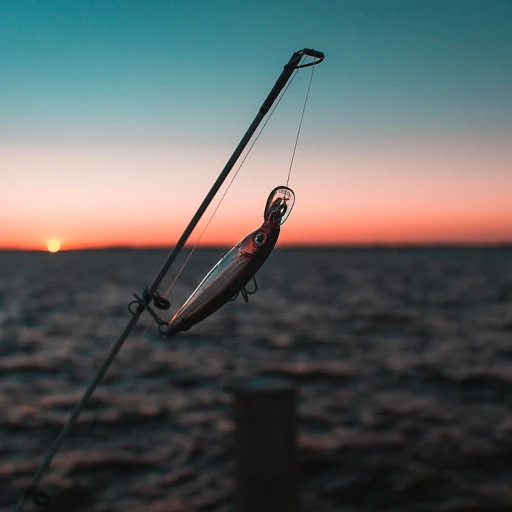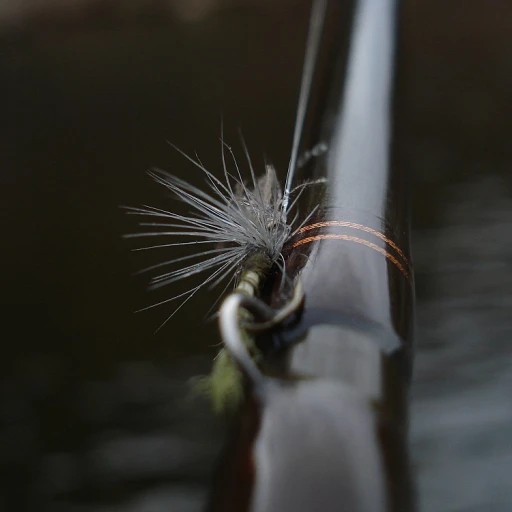
Understanding the Basics of Fishing Reels
The Core Components of a Fishing Reel
Understanding fishing reels involves getting acquainted with their basic components. A fishing reel typically consists of a body, spool, handle, and various internal mechanisms that contribute to its function. The handle attaches to the body, allowing users to retrieve line wound on the spool. This basic assembly is common in both spinning reels and other types like bait casting. The spool and bail mechanism are crucial in handling the fishing line. When casting, the bail releases the line from the fixed spool, allowing it to be thrown out with the weight of the lure. On retrieval, turning the handle closes the bail, re-engaging the drag mechanism which controls the tension and ensures a stable catch. Modern spinning reels are equipped with anti-reverse features that prevent the handle from spinning backwards, safeguarding the line when fighting a fish. The reverse mechanism is vital, albeit sometimes, anglers prefer using their reels without this anti-reverse function, adding a layer of challenge and skill to the fishing experience.Exploring Various Reel Options
When selecting gear, it's important to consider different reel bodies and types. Spinning reels are popular for their user-friendly operation, especially for beginners, while bait casting reels offer more precision and control for experienced anglers. Fly fishing reels, spin cast, and free spool variations present unique functionalities tailored to specific fishing styles. Selecting the right reel not only enhances performance but also complements your fishing rod and technique. Whether you prefer the simplicity of a spinning reel or the robust handling of a bait caster, each option presents its own advantages based on your fishing goals and environment. For those eager to fully embrace the challenge of fishing without an anti-reverse function, understanding these basic components and variations offers the groundwork for mastering this art. Additionally, optimizing your fishing setup like adding a reliable pole holder can enhance overall efficiency and create a more seamless fishing journey.Challenges of Fishing Without an Anti-Reverse Trigger
Overcoming the Absence of Anti-Reverse
Fishing reels that lack an anti-reverse feature present unique challenges for enthusiasts. The absence of this mechanism can lead to unexpected reverse rotations of the handle, complicating your fishing experience. This characteristic requires anglers to manually manage the tension and handle motion, especially when a fish is caught on the line.
Without an anti-reverse trigger, the drag mechanism on your fishing reel becomes even more critical. Proper drag settings will help prevent the spool from spinning backward and maintain control over the fighting fish. It’s essential to familiarize yourself with gear operation on spinning reels and understand how to manipulate the drag system effectively.
Handling a fishing reel without this feature demands awareness and precision. The body's construction and proper tuning of the handle shaft and spool shaft are vital for smooth operation. Each quick bail movement and shaft rotation contribute to the successful management of the reel, especially under tension.
While anti-reverse is a helpful feature, there are methods to mitigate its absence, enhancing the overall fishing experience. For those who face this challenge regularly, understanding and applying these techniques can make all the difference. Plus, ensuring your equipment suits your needs is another crucial step. Consider enhancing your setup with reliable pole holders or other accessories, like fishing rod racks for your truck, to streamline your fishing adventures.
Techniques for Effective Reel Handling
Mastering Reel Techniques: Precision and Balance
The art of effectively handling a reel without an anti-reverse trigger demands precision and balance. With the absence of the automatic anti-reverse mechanism, one must rely on manual wrist control to prevent the reel from spinning backward. Emphasizing control over the handle and maintaining a keen sense of timing will enhance your fishing experience.
For a seamless reel operation, it's critical to practice smooth transitions, especially when using spinning reels. The spinning reel relies heavily on the angler’s ability to control the spool's movement without the aid of an anti-reverse bearing. Here, the drag mechanism also plays a crucial role. Adjusting it to the correct setting provides smooth resistance, allowing for effective fish retrieval while preventing any unwarranted reverse rotation.
Handle positioning is another key aspect. Keep a firm yet relaxed grip on the handle shaft, ensuring it aligns with your fishing rod movements. This balance minimizes fatigue and improves accuracy, making it easier to manage the reel body’s motion during intense fishing sessions.
Take note of the gear mechanisms, as understanding the interplay between the reel's body, shaft, and spool can help in addressing challenges unique to reels without an anti-reverse. Experiment with different reel and rod combinations to find the right balance that complements your fishing style.
Whether you’re engaging in fly fishing, bait casting, or using fixed spool or spin cast techniques, mastering these reel handling methods will undoubtedly enhance your fishing prowess. Searching for the right fishing lures can further refine your strategy, as discussed in this comprehensive guide.
Choosing the Right Gear for Your Needs
Finding Your Ideal Fishing Reel and Rod Combination
When it comes to fishing without an anti-reverse trigger, selecting the right gear is crucial. The reel and rod combination plays a significant role in enhancing the overall experience. Here’s what to look for:- Reel Type and Compatibility: Opt for a reel that matches your fishing technique. Spinning reels are versatile and easy to handle, making them ideal for beginners. For experienced anglers, bait casting reels offer greater control.
- Quality Spool and Drag Mechanisms: The spool and drag mechanism should operate smoothly to prevent line breakages and ensure a successful catch. Look for reels with adjustable drag systems for better control.
- Handle and Shaft Durability: A sturdy handle shaft ensures comfortable and efficient reel operation. Lightweight materials like carbon fiber are durable and enhance handling.
- Bearing Count and Quality: Reels with a higher number of bearings tend to offer smoother performance. Ensure they are corrosion-resistant, especially for saltwater fishing.
- Consider the Fishing Environment: Choose a reel body and rod that suit your usual fishing conditions. Durable materials are essential for rough or saltwater environments.
Maintenance Tips for Longevity
Essential Care Practices for Your Fishing Reels
Proper upkeep of your spinning reels, including those without an anti-reverse trigger, ensures they serve you well over time. A diligent approach to maintenance can significantly improve your fishing reel's longevity and performance.- Clean Your Reel Regularly: After each fishing trip, especially in saltwater environments, rinse your spool and reel body with fresh water. This helps remove salt and debris that could interfere with the reel's drag and spool shaft systems.
- Lubricate Moving Parts: Apply a small amount of proper reel oil to the handle shaft, bearings, and any part with regular operation. Attention to the spinning reel's drag mechanism and reverse mechanism areas will reduce wear over time.
- Inspect for Wear and Tear: Regularly check the bail and free spool mechanisms for any signs of damage or corrosion. This preventive measure can help ensure the reel's shaft and spool remain in top condition.
- Tighten Loose Screws: Over time, the fishing reel's vibrations can cause screws within the reel body to loosen. Periodically tighten these to avoid operational problems.
- Store Properly: When not in use, keep your fishing rod and reels in a cool, dry place. Use reel covers to protect them from dust and environmental damage, and ensure they aren’t under tension, which can affect the drag system and spool shaft.


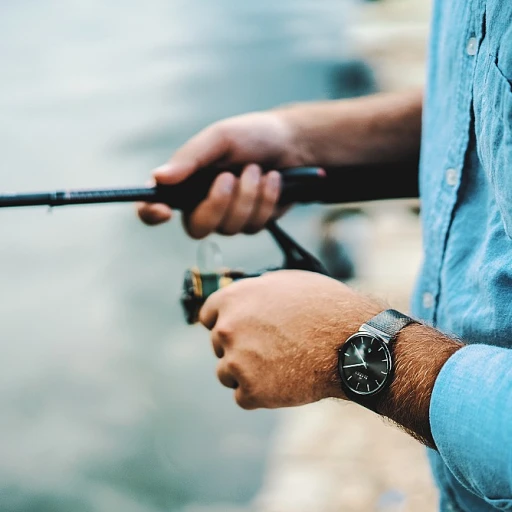
-large-teaser.webp)


